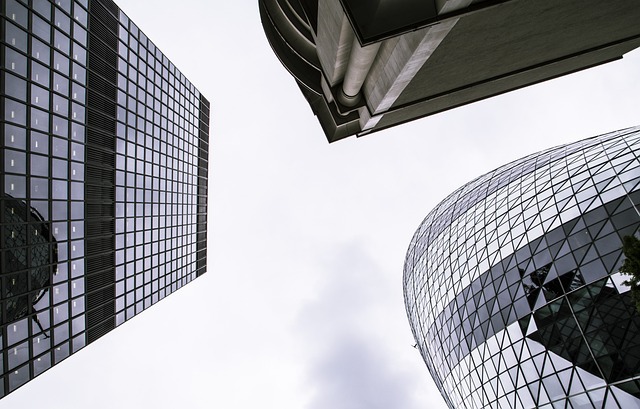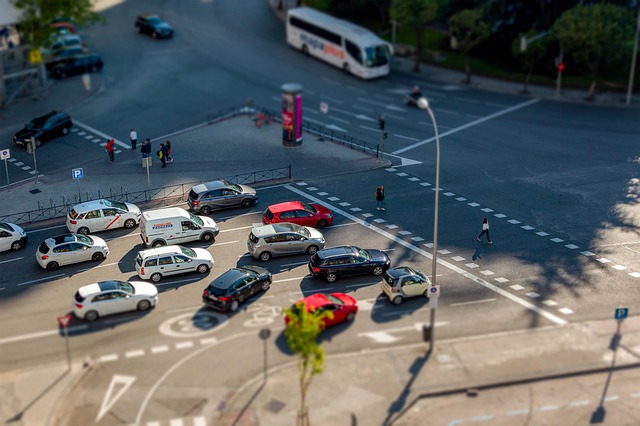Understanding migration patterns towards downtown cores is crucial for real estate professionals, offering insights into urban population growth and change. By tracking people's movement, investors and developers can predict property demand trends and identify high-growth areas, enabling strategic decisions regarding investments, developments, and marketing. This trend is driven by vibrant atmospheres, walkable communities, and sustainable living options that reduce car reliance and carbon footprints. Developers can capitalize by revitalizing older urban areas with mixed-use developments, enhancing neighborhood vibrancy through strategic infrastructure investments, public space improvements, and modern amenities.
In today’s dynamic urban landscape, a notable trend emerges: migration toward downtown cores. This phenomenon is reshaping real estate dynamics, with buyers and tenants flocking to vibrant city centers. Understanding these migration patterns is crucial for developers and investors aiming to capitalize on this trend. By exploring the factors driving demand, from walkability and cultural offerings to economic opportunities, we can uncover strategic strategies to meet the evolving needs of urban dwellers, ensuring sustainable growth in the real estate market.
Understanding Urban Migration Patterns in Real Estate
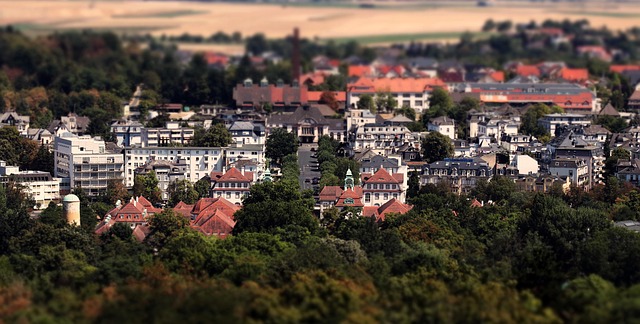
Understanding migration patterns is crucial for real estate investors and developers, as it provides insights into where urban populations are growing and changing. By observing people’s movements toward downtown cores, we can predict emerging trends in property demand and identify areas with high growth potential. This knowledge allows professionals to make informed decisions about investments, developments, and marketing strategies.
Urban migration often follows a pattern of revitalization, with cities’ central districts attracting residents due to their vibrant atmospheres, access to amenities, and the rise of remote work opportunities. As such, downtown cores are experiencing renewed interest from both young professionals and families seeking urban living. Real estate experts can leverage these insights to anticipate market shifts, target specific demographics, and develop strategies that cater to the evolving needs of urban populations.
Factors Attracting Buyers and Tenants to Downtown Cores
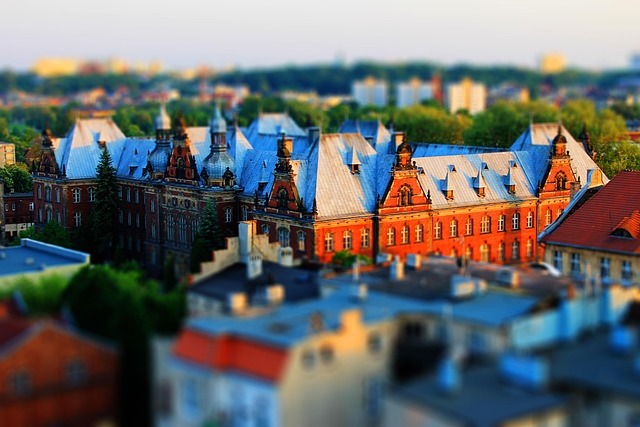
The migration toward downtown cores is a significant trend in modern real estate, driven by several compelling factors. One primary attraction for buyers and tenants alike is the vibrant, bustling atmosphere that core urban areas offer. In today’s digital era, folks are increasingly seeking walkable, connected communities where they can easily access amenities, culture, and entertainment without relying heavily on cars. This shift also aligns with a desire for a more sustainable lifestyle, as downtown living promotes active transportation and reduces carbon footprints.
Additionally, real estate in these areas often comes with the allure of historic architecture and cultural heritage, contributing to a unique sense of place. The transformation of once-neglected urban spaces into thriving hubs has created a game-changer scenario for investors and residents alike. Nestled within these cores, mixed-use developments are fostering new ways of living, working, and playing, further solidifying their appeal in the competitive real estate market.
Strategies for Developers and Investors to Capitalize on This Trend
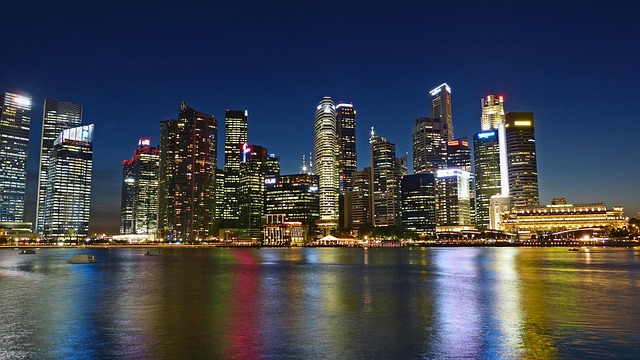
Developers and investors have a unique opportunity to capitalize on the growing trend of migration toward downtown cores. To maximize returns, they should focus on revitalizing older urban areas by integrating mixed-use developments that blend residential, commercial, and retail spaces. This multi-faceted approach not only caters to the needs of a diverse population but also enhances the vibrancy and sustainability of these neighborhoods.
In terms of real estate, strategic investments in infrastructure and public spaces can further attract residents and businesses. Converting underutilized properties into modern, amenity-rich living and working spaces is key. Additionally, leveraging technology to provide efficient transportation options, such as bike lanes, pedestrian paths, and improved public transit, will make these downtown cores even more desirable, fostering a bustling atmosphere that attracts young professionals and families alike.



